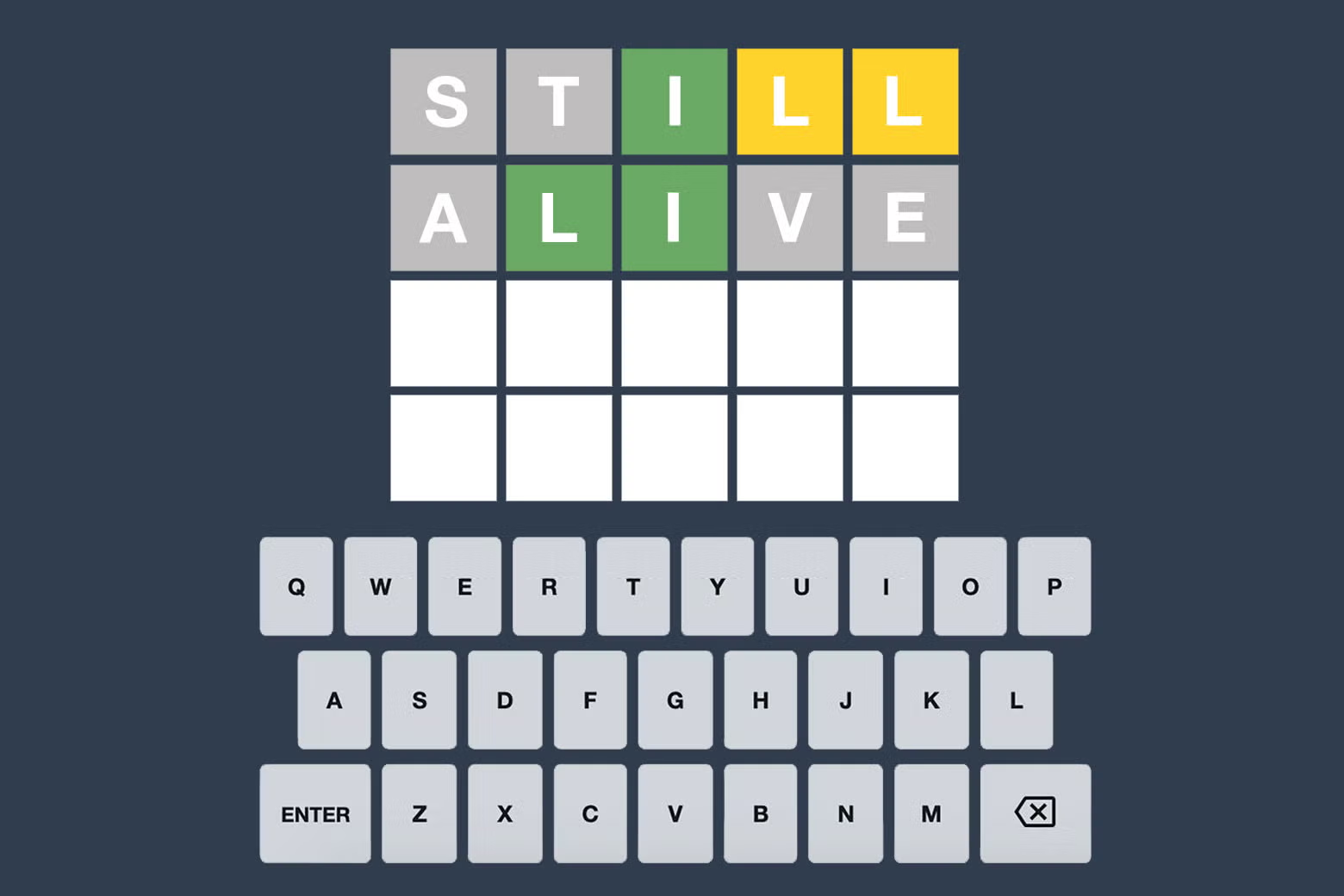In the vast world of online games, one title has captured the hearts and minds of many: NYTimes Wordle. This engaging word puzzle has become a daily ritual for countless players and sparked conversations and created communities. Whether you’re a seasoned wordsmith or a casual player, diving into the ins and outs of NYTimes, Wordle can offer you both entertainment and a healthy challenge. So, let’s explore what makes this game so captivating!
What is NYTimes Wordle?
At its core, NYTimes Wordle is a word-guessing game that challenges players to identify a five-letter word within six attempts. Each day, the game presents a new word, making every day a fresh opportunity to test your vocabulary and reasoning skills. The simple yet addictive gameplay format draws players in, encouraging them to think strategically.
The Basic Gameplay Mechanics
To start playing NYTimes Wordle, here’s what you need to know:
- Word Length: The target word always consists of five letters.
- Guesses: You have six tries to guess the correct word.
- Color Codes: After each guess, the game provides feedback using a color-coding system:
- Green: The letter is in the correct position.
- Yellow: The letter is in the word but needs to be correctly positioned.
- Gray: The letter is not in the word at all.
This straightforward feedback system allows players to refine their guesses based on what they learn with each attempt.
The Origin of NYTimes Wordle
The origins of NYTimes Wordle can be traced back to a software engineer named Josh Wardle, who created the game for himself and his partner as a fun pastime. The game quickly gained popularity, attracting attention on social media platforms. In January 2022, the New York Times Company acquired Wordle, and it has since become a beloved feature of their online offerings.
Why Did NYTimes Wordle Become So Popular?
Several factors contributed to the meteoric rise of NYTimes Wordle:
- Simplicity: The game is easy to understand, making it accessible for players of all ages.
- Social Sharing: Players can share their results on social media, creating a sense of community and friendly competition.
- Daily Challenge: With only one word released each day, players eagerly anticipate their next challenge, turning it into a daily ritual.
- Cognitive Benefits: Playing word games improves vocabulary, enhances problem-solving skills, and stimulates cognitive function.
How to Play NYTimes Wordle Effectively
While NYTimes Wordle might seem straightforward, developing effective strategies can significantly improve your chances of guessing the correct word. Here are some tips to help you excel:
Start with Common Letters
Begin your guessing with words that contain frequently used letters, such as vowels (A, E, I, O, U) and common consonants (R, S, T, L, N). This increases your chances of hitting letters likely to be in the target word.
Use Elimination
Pay attention to the feedback provided after each guess. Use the color codes to eliminate possibilities. For example, if you know a letter is gray, avoid using it in subsequent guesses.
Look for Patterns
As you make guesses, observe patterns in the letters you’ve uncovered. For instance, if you know that certain letters are in the word but in the wrong positions, rearranging those letters might lead you closer to the solution.
Don’t Overthink It
Sometimes, the most straightforward words are the right ones. If you are stuck, take a step back and consider essential five-letter words that might fit the criteria.
Practice Makes Perfect
The more you play NYTimes Wordle, the better you’ll become at identifying patterns and refining your strategies. Practice consistently, and you’ll likely see improvements in your gameplay.
The Social Aspect of NYTimes Wordle
One of the standout features of NYTimes Wordle is its community. Players often share their results on social media platforms, fostering a sense of camaraderie among word enthusiasts. Here are some ways that NYTimes Wordle encourages social interaction:
Sharing Results
After completing the daily challenge, players can share their results in a grid format without revealing the word. This lets others see how many guesses it took without spoiling the fun.
Creating Friendly Rivalries
Many players challenge friends or family members, fostering healthy competition. Who can guess the word the fastest? Who can do it in the fewest tries? This friendly rivalry adds an extra layer of enjoyment to the game.
Online Communities
Various online platforms, such as Reddit and Twitter, host discussions about NYTimes Wordle strategies, tips, and shared experiences. These communities serve as support systems for players seeking to improve their skills or share their excitement about the game.
Tips for Making NYTimes Wordle Part of Your Daily Routine
If you are captivated by NYTimes Wordle, consider incorporating it into your daily routine. Here are some tips to help you do just that:
Set a Time
Dedicate a specific time each day to play NYTimes Wordle. Whether it’s during breakfast or as a midday break, having a set time will create a routine that you can look forward to.
Use It as a Brain Exercise
Consider playing NYTimes Wordle as a mental warm-up before diving into your daily tasks. This can help stimulate your brain and improve your focus for the day ahead.
Engage with Friends
Invite friends or family to join in on the fun. You could even create a group chat to share your daily guesses and results, turning the game into a social event.
Track Your Progress
Keep a record of your guesses and results over time. You might discover patterns in your gameplay, and tracking your progress can provide a sense of accomplishment.
The Cultural Impact of NYTimes Wordle
NYTimes Wordle has made a significant impact not only in the gaming community but also in popular culture. Here are a few examples of its influence:
Celebrity Involvement
Many celebrities have publicly shared their love for NYTimes Wordle, increasing its popularity. Their engagement has attracted more players to try their hand at the daily challenge.
Parodies and Spin-offs
Like any widespread phenomenon, NYTimes Wordle has inspired various parodies and spin-offs. Its influence can be seen across multiple platforms, from different themed versions of the game to merchandise.
Integration in Education
Teachers and educators have started incorporating word games like NYTimes Wordle into lesson plans. These games promote vocabulary building and critical thinking, making them valuable educational tools.
Future of NYTimes Wordle
Looking ahead, the future of NYTimes Wordle seems bright. Here are some possible developments that players can anticipate:
New Features
The creators may introduce new features or variations of the game to keep it fresh and exciting. This could include themed words, special events, or even multiplayer options.
Expanding the Community
As more players discover NYTimes Wordle, the community will continue to grow. This can lead to increased engagement on social media and new platforms dedicated to discussing strategies and sharing results.
Global Reach
As the game gains popularity worldwide, translations and adaptations in various languages might be made, allowing people from different cultures to enjoy NYTimes Wordle.
Conclusion: Join the NYTimes Wordle Movement
In conclusion, NYTimes Wordle is more than just a game; it’s a cultural phenomenon that has captivated millions. With its simple yet engaging mechanics, social aspects, and potential cognitive benefits, it’s no wonder so many players have embraced this daily challenge. Whether you’re new to the game or a seasoned veteran, there’s always room for improvement and new strategies to discover.
So, gather your friends, share your results, and immerse yourself in the beautiful world of NYTimes Wordle. It’s not just about guessing the word; it’s about connecting with others and enjoying the thrill of the challenge. Happy playing!

